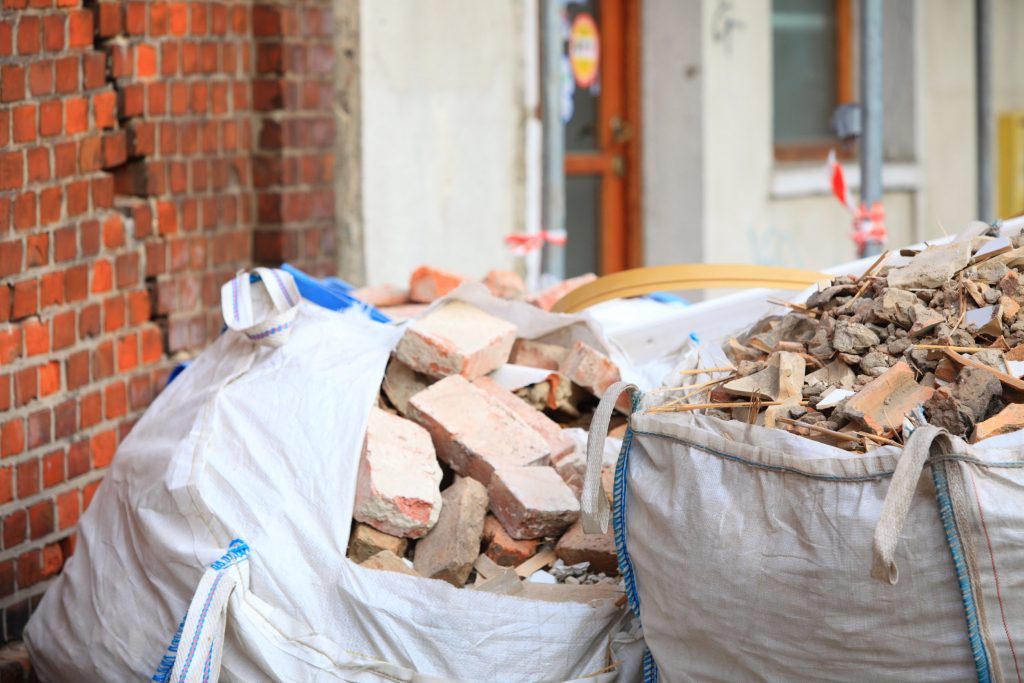Changes as part of the waste levy expansion programme are an important part of reducing the amount of rubbish ending up in landfill, the Ministry for the Environment says

The waste levy expansion programme introduced last year will help support New Zealand’s efforts to transition to a low-carbon economy where waste is minimal. Changes were implemented alongside increased investment in technology and waste data collection to manage waste better.
The expansion of the levy will also support the recently released emissions reduction plan. Reducing construction and demolition (C&D) waste is a priority area in the plan, and actions include increasing investment in sorting and processing infrastructure for construction and demolition materials.
From 1 July there are increased costs for waste for some landfill classes, and an expansion of registration and reporting requirements.
The Ministry for the Environment (MfE) is encouraging operators to make themselves aware of what’s changing.
Key changes include:
- The levy per tonne of waste for class 1 (municipal landfills) increasing by $10 to $30.
- A $20 per tonne levy being introduced for class 2 (construction and demolition) fill sites.
- Class 3/4 facilities (controlled and managed fill sites), class 5 (cleanfills), and industrial monofills must be registered with the Online Waste Levy System.
- Types of waste that define a facility as class 1 were updated in 2021 and now include green waste disposal and waste from commercial/industrial sources.
Expanding the levy helps recognise the real costs of waste, makes the system fairer for all users and incentivises material reuse and recycling rather than just taking it to the tip.
The expansion also aims to increase opportunities for diversion, and incentivise waste being disposed of at the most appropriate landfill class type. An example is ensuring construction and demolition waste is taken to specialist C&D landfill sites, and soil and rock from earthworks are taken to cleanfill sites.
Revenue from the levy expansion will go to waste reduction initiatives such as bolstering our recycling infrastructure, resource recovery systems, and support for businesses and communities trying new ways of managing their products to avoid waste.
Half of the levy money collected goes to territorial authorities such as city and district councils to spend on promoting or achieving the waste minimisation activities set out in their waste management and minimisation plans. Most of the remaining levy money is put into the Waste Minimisation Fund, which provides funding for projects that promote or achieve waste reduction.
While it is anticipated that costs for landfill customers may increase due to levy rises, new business opportunities may also arise for operators, such as in concrete crushing, building deconstruction, or specialised recycling/reuse.
Further information:
The following table outlines levy rates and reporting obligations by landfill class*.
| Landfill class | Waste types | 1 July 2021 | 1 January 2022 | 1 July 2022 | 1 January 2023 | 1 July 2023 | 1 July 2024 |
| Municipal landfill (class 1) | Mixed municipal wastes from residential, commercial and industrial sources | $20 | $20 | $30 | $30 | $50 | $60 |
| Industrial monofill (class 1) | Solid wastes from a range of industrial sources including steel- or aluminium-making and pulp- and paper making | – | – | Obligation to register | Start reporting | – | – |
| Transfer stations | Range of waste and recyclable materials to be bulked and sorted for transfer elsewhere | – | Start reporting | – | – | – | – |
| Construction and demolition fill (class 2) | Range of wastes from construction and demolition activities, including rubble, plasterboard, timber, and other materials | – | Start reporting | $20 | $20 | $20 | $30 |
| Managed and controlled fills (class 3 and 4) | Contaminated but non-hazardous soils and other inert materials (eg, rubble) | – | – | Obligation to register | Start reporting | $10 | $10 |
| Cleanfill (class 5) | Virgin excavated natural materials | – | – | Obligation to register | Start reporting | – | – |
*Levy rates apply per tonne of waste
There are different reporting and/or levy obligations depending on the type of site, so it’s important for operators to make themselves aware of what actions they need to take.
Online registration is open for all landfill class types and transfer stations and operators can register online through the Online Waste Levy System (OWLS). This portal is used for reporting on tonnages of materials received or diverted, and paying any levy owed. Class 1 (municipal landfills), class 2 (construction & demolition landfills) and transfer stations should already be registered in the OWLS.
MfE’s waste levy factsheet will help operators determine their disposal facility class, levy and reporting obligations.
A new online reporting tool has also been launched, which allows anyone to report on a potential breach of the Waste Minimisation Act in relation to disposal facilities. This could include landfills accepting waste they shouldn’t, or operators not paying their waste levy. If you have any information about potential non-compliance you can report this through the online form.
Further information on the waste disposal levy expansion is available at environment.govt.nz.








